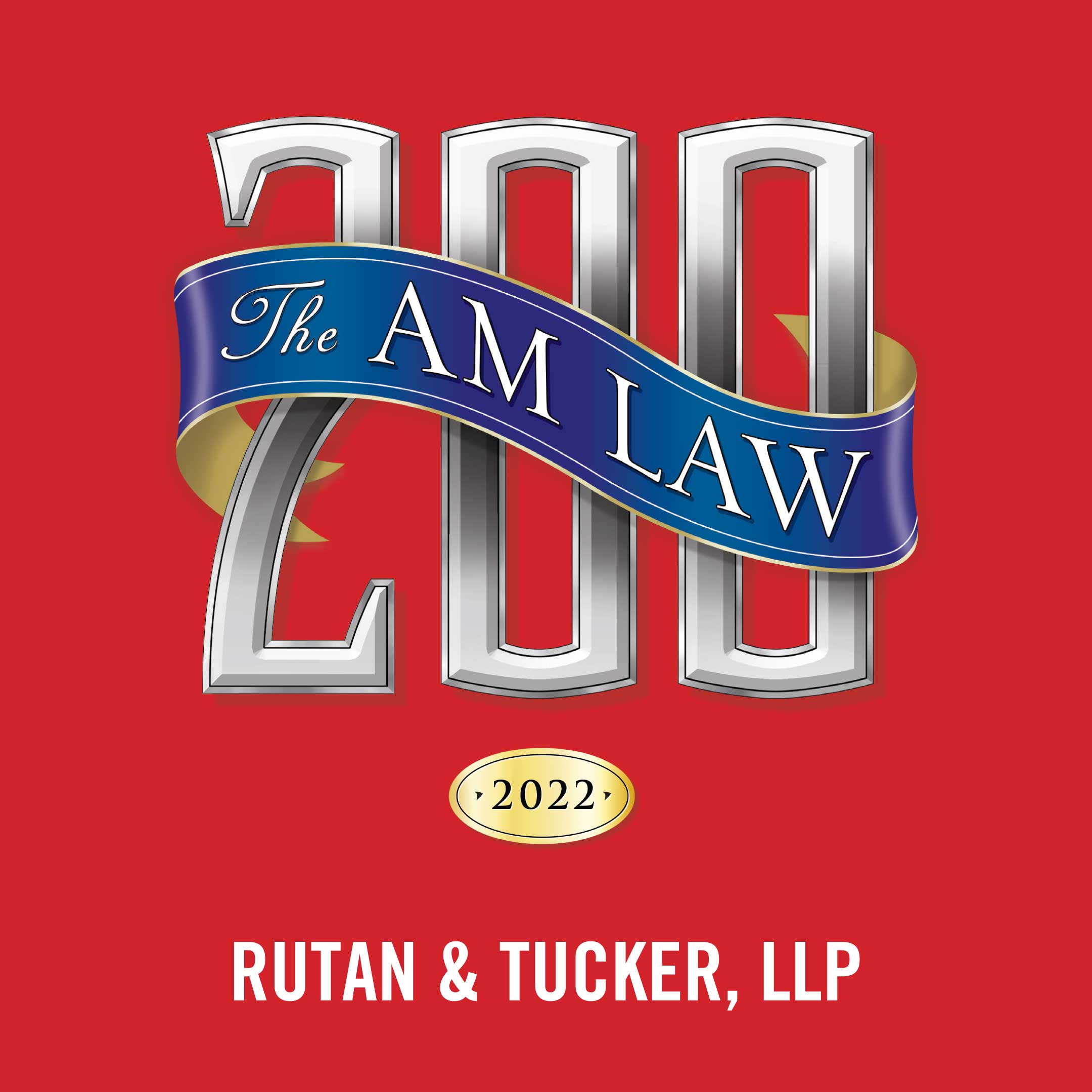Court of Appeals Upholds Sacramento County’s Analysis of Greenhouse Gas Emissions in Final Environmental Impact Report.
On September 7, 2023, the Court of Appeals for the Third District issued a partially-published California Environmental Quality Act (“CEQA”) decision regarding the how a lead agency must consider greenhouse-gas emissions and climate change related impacts in an EIR. Tsakopoulos Investments, LLC challenged Sacramento County’s decision to certify an environmental impact report (“EIR”) on the grounds that the EIR employed a methodology to determine the impact of greenhouse gas emissions that had been rejected by California courts.
In the published portion of the opinion, the court explained that the lead agency’s decision to rely on the California State Air Resources Board’s (“CARB”) Scoping Report to develop the County’s greenhouse emission reduction targets had not previously been rejected by California courts. In doing so, the Court distinguished several recent cases where EIRs had been overturned for relying on statewide data to analyze local GHG impacts ( Center for Biological Diversity v. Department of Fish & Wildlife (2015) 62 Cal.4th 204 (Center for Biological Diversity) and Golden Door Properties, LLC v. County of San Diego (2018) 27 Cal.App.5th 892 (Golden Door)).
Prior to reaching the merits of the petitioner’s arguments, the court clarified two misconceptions about the Center for Biological Diversity case. First, the court reinforced the principle that the “lead agency enjoys substantial discretion in its choice of methodology” when evaluating climate change impacts under CEQA. The agency’s choice of methodology will only be disturbed if there is “no substantial evidence in the record to support the methodology.” The court explained that the Center for Biological Diversity case did not categorically an agency’s ability to use CARB’s methodology for greenhouse gas reduction goals.
Turning to the merits, the court held that the facts at hand were distinguishable from Center for Biological Diversity and Golden door because while the County used the statewide scoping plan to establish target thresholds, it individually tailored the data inputs to account for local conditions and different kinds of development. Additionally, unlike Golden Door, the County “developed different county-specific thresholds of significance for different sectors and then compared the estimated greenhouse gas emissions for the project’s residential, commercial and industrial, and transportation sectors against those thresholds of significance to evaluate the significance of the project’s anticipated emissions.”
Ultimately, this case’s published holding was limited to whether the County employed the exact same methodology as used in Center for Biological Diversity and Golden Door. However, this case reinforces the principal that lead agencies are afforded substantial discretion when determining what kind of methodology to use when assessing climate-related impacts. Due to the narrowly presented inquiry, the court was not required to determine whether the County’s greenhouse gas emissions thresholds were supported by substantial evidence, the court did note that use of the CARBS’s emission reduction goals could constitute substantial evidence in the future. Going forward, lead agencies conducting CEQA review of potentially significant greenhouse gas emission impacts should consider using local- and project-specific data inputs to determine climate change related impacts, although it appears to be a significant undertaking to develop detailed thresholds similar to the County’s, supported by substantial evidence.



